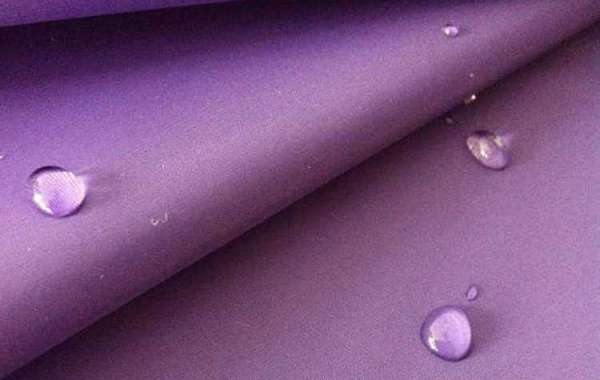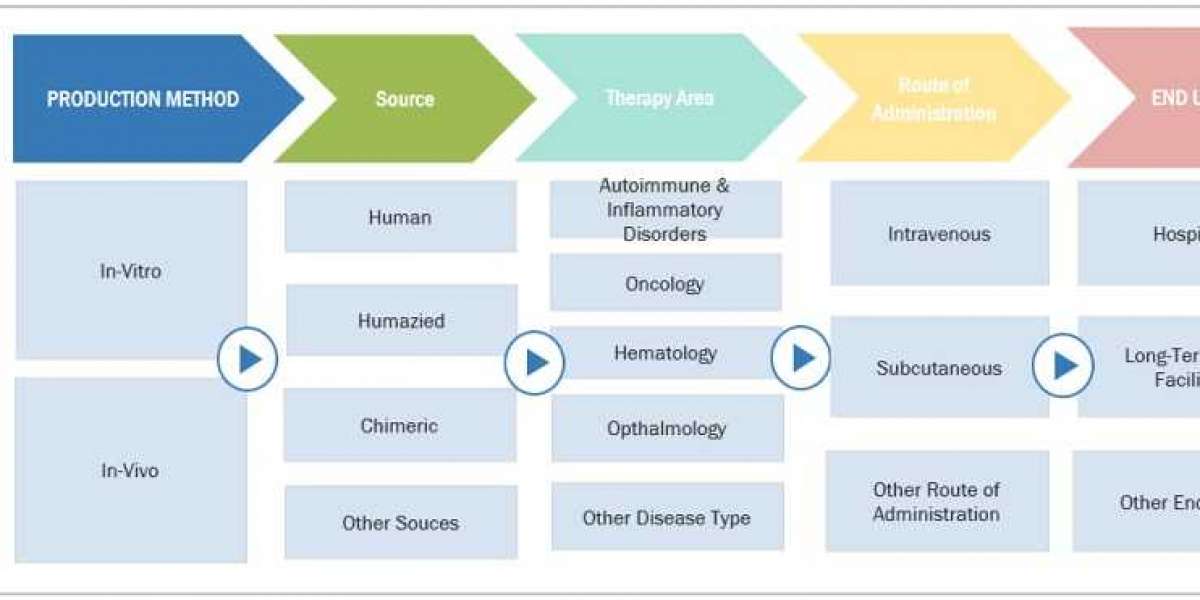RPET fabric or Recycled Polyethylene Terephthalate is a new reusable and sustainable material that is on the rise. RPET fabric is widely concerned as a functional fabric. Before recycling, PET (Polyethylene Terephthalate) is also commonly known as Polyester and can contain either pre or post-consumer waste.
Since rPET fabric has grown in popularity, companies are creating special edition products made from the material. Trendy retailers like Converse, GirlfriendCollective, and Rothys all have products made from the recycled material. To first create products made from rPET fabric, these companies must work with outside sources to obtain plastic bottles. The bottles are then mechanically broken down into tiny flakes and melted to be spun into yarn. Finally, the yarn is woven into the recycled polyester fabric to create trendy sneakers by Converse, comfortable leggings by Girlfriend Collective, and sustainable shoes by Rothys for customers of all ages.
Using a sustainable rPET fabric is a great idea if it is manufactured correctly. With a rising concern for the amount of plastic in our oceans and landfills, cleanup companies have been founded to help reduce our carbon footprint. Cleanup organizations like Clean Ocean Action and 4Ocean, more plastic materials can be retrieved to be manufactured into the recycled material. The energy used to create rPET fabric is about 33-53% less than what it is to produce virgin polyester. Due to this fabric, plastic materials, especially water bottles are saved from our oceans and landfills.
RPET is incredibly easy to recycle. PET bottles are also easy to distinguish by their “#1” recycling label and is accepted by most recycling plans. Reusing plastic not only provides a better option than landfills, but it helps give it a second life. Recycling the plastic into these materials also has the ability to decrease our need for using new resources. Over half of the first time PET production is used to create polyester fabrics. By using recycled PET, we are decreasing the need to create new polyester textiles.
Considering RPET provides a market for recycled plastics, recycling programs and recycled goods are seen as valuable pieces to consumers. According to EarthHero, “one year’s worth of recycling common plastics can create the equivalent energy savings of taking 360,000 cars off the road in the US.”






